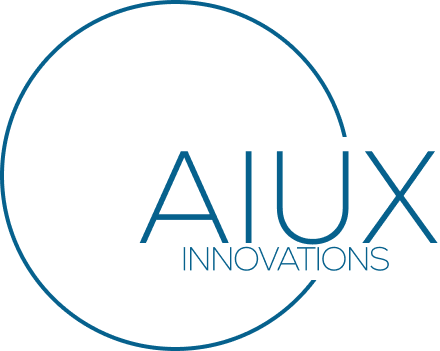Introduction
Figma’s latest feature updates mark a turning point in collaborative UX design, enabling more dynamic workflows, intelligent automation, and real-time iteration at scale. These enhancements are not just UI conveniences—they shift how product teams operate, prototype, and deliver usable solutions.
1. Variables and Modes for Scalable Design Systems
Figma now supports variables with modes, offering a powerful way to manage multiple themes (light/dark), screen sizes, and states (default/hover/focus).
- Reduces reliance on component duplication
- Enables scalable token systems
- Simplifies cross-platform design work
- This fundamentally changes how teams maintain consistency while adapting for personalization and accessibility.
2. Dev Mode and Code Connections
The newly enhanced Dev Mode bridges design and development with inspectable tokens, code previews, and a more accurate handoff experience.
- Built-in token export and component metadata
- Sync with design system APIs (via plugins)
- Less ambiguity in developer implementation
- This minimizes “lost in translation” scenarios between design and engineering, reducing iteration cycles.
3. Auto Layout Enhancements
Auto Layout now supports min/max constraints, absolute positioning inside frames, and enhanced padding control.
- Enables more flexible, content-driven layout behavior
- Speeds up responsive UI prototyping
- Closer alignment to frontend frameworks like Flexbox
- Designers can now simulate adaptive interfaces without additional frames or hacks.
4. FigJam Upgrades: Research Meets Design
FigJam incorporates advanced diagramming tools, user journey mapping templates, and voting widgets.
- Integrates user research directly into design workflows
- Facilitates cross-functional stakeholder alignment
- Encourages asynchronous collaboration at scale
- This enables design teams to work in lockstep with product managers, marketers, and engineers.
5. AI-Powered Autoflow and Suggestions
Figma is introducing machine learning models that analyze design context to auto-suggest connections, layouts, and even content labels.
- Automates repetitive layout and naming tasks
- Enhances speed of wireframing and ideation
- Promotes better UX decisions through AI-assisted logic
- This feature brings generative UX to the forefront, letting designers focus on problem-solving, not production.
6. Component and Asset Search Improvements
Global and local component searches are faster and smarter, with semantic understanding of queries.
- Reduces time locating design assets
- Supports fuzzy search and contextual ranking
- Enables quicker onboarding for new team members
- This improves accessibility to shared libraries and design systems.
7. Version Control and Branching
Improved branching workflows support isolated exploration and safe experimentation.
- Parallel workstreams for large teams
- Merge conflicts now more visual and manageable
- Encourages risk-free iteration
- This mirrors Git-style workflows, bringing greater structure and reliability to design versioning.
Conclusion
The latest Figma features transform UX work from static file creation into a continuous, intelligent system of experience design. They support scale, precision, collaboration, and automation—ushering in a new era of operationalized UX.
